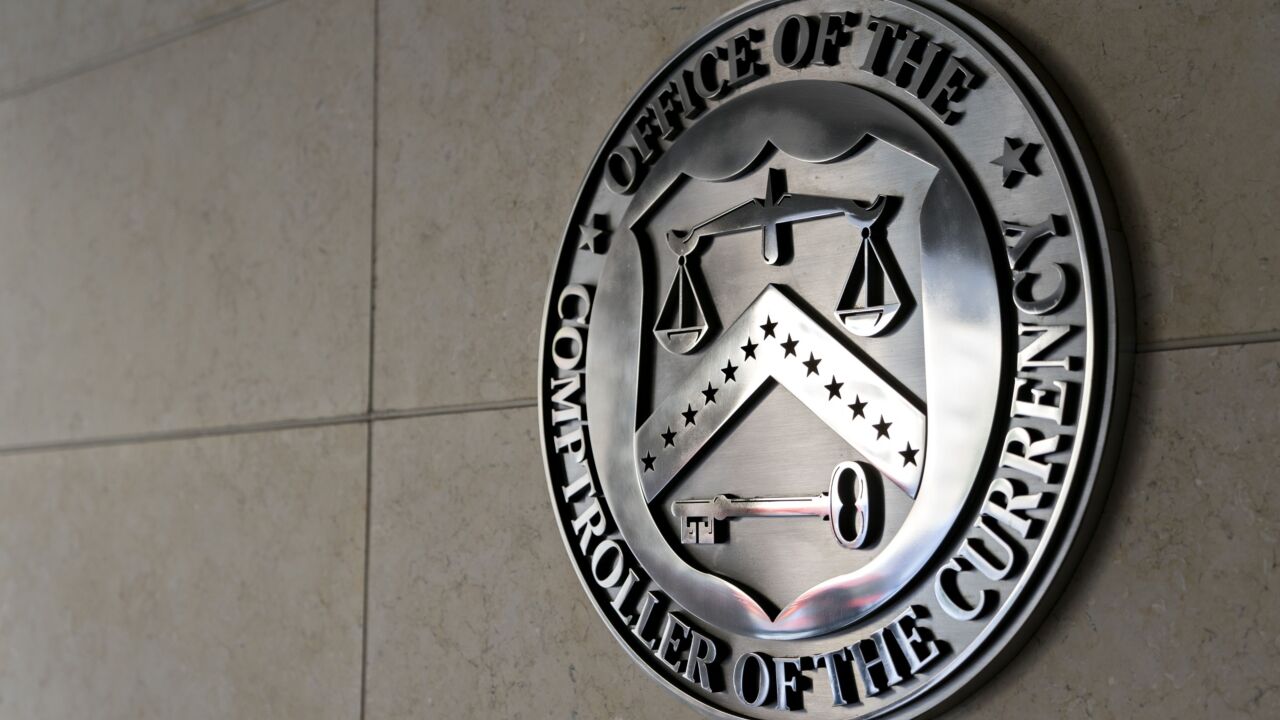Stablecoins
How are banks approaching dollar-backed digital assets (stablecoins)?
Stablecoins have moved from the edge of the
Banks are testing stablecoins for cross-border payments, liquidity management, and digital wallets. Some are also exploring how stablecoins can support interbank transactions or be issued directly by regulated institutions. As the landscape takes shape, stablecoins are starting to look less like an experiment and more like infrastructure.
-
The bank is reportedly considering allowing bitcoin and ethereum to back loans. Volatility in digital assets would make it a difficult market, according to payment experts.
July 22 -
A new MITRE framework breaks down how cybercriminals attack cryptocurrency systems and helps institutions secure them. Plus, it's a free, open standard.
July 17 -
Fifth Third Bancorp in Cincinnati wants to become a bank for crypto platforms. Its CEO believes that stablecoins pose minimal threat to the U.S. deposit market.
July 17 -
Noelle Acheson points out that the GENIUS Act is right to ban interest on payment stablecoins, and suggests that the bigger debate should be around the current banking model.
July 17
-
The Republican Freedom Caucus wants to combine the market structure bill with another measure prohibiting the formation of a Central Bank Digital Currency. That move could tank the market structure bill's chances of becoming law, and with it the banking industry's best chances of getting its priorities enacted.
July 16 -
The OCC, Fed and FDIC issued a letter this week clarifying the rules governing crypto safekeeping, which emphasize proper management of cryptographic keys.
July 16 -
Some last-minute drama has derailed planned votes on crypto and stablecoin in the House, but the political maneuvering isn't likely to improve the long list of criticisms that bankers have raised about the legislation before it heads to President Donald Trump's desk.
July 15
The first three months of the year coincide with the start of President Donald Trump's second term in office. Investors are likely to be more interested in banks' outlooks amid swings in tariff policy than the first-quarter results.
Frequently Asked Questions:
How are banks approaching dollar-backed digital assets (stablecoins)?
Stablecoins have moved from the edge of the crypto, world to the center of policy and banking conversations. As regulators and banks weigh their role in payments, settlement, and reserves, this page follows the developments — from early pilots to proposed legislation.
Banks are testing stablecoins for cross-border payments, liquidity management, and digital wallets. Some are also exploring how stablecoins can support interbank transactions or be issued directly by regulated institutions. As the landscape takes shape, stablecoins are starting to look less like an experiment and more like infrastructure.
Why are banks paying attention to stablecoins?
Stablecoins are increasingly viewed as a potential upgrade to legacy payments systems. Banks are evaluating them for settlement, remittances, cross-border transactions, and tokenized deposit models.Are banks issuing their own stablecoins?
Some are exploring the option. Institutions like JPMorgan (with JPM Coin) and new entrants like PayPal are piloting bank-issued stablecoins, while others are watching regulatory developments before moving forward.How do stablecoins impact compliance and risk?
Issues include KYC/AML enforcement, cybersecurity, operational risk, and how reserve assets are held and reported. Banks exploring stablecoin activity must weigh both technological benefits and regulatory scrutiny.How are regulators responding to stablecoin innovation?
Congress is debating stablecoin-specific bills focused on reserve backing, issuer licensing, and oversight. The Federal Reserve, OCC, and state regulators are also shaping how bank involvement in stablecoin activity is supervised.How are banks using stablecoin?
Banks are using stablecoins to speed up cross-border payments, manage liquidity across global branches in real time, and test new forms of settlement between institutions. Some are integrating stablecoins into retail-facing digital wallets, while others are exploring interbank networks built on tokenized payments. These efforts are less about crypto speculation and more about making money move faster, with greater transparency and fewer intermediaries.- Real-time cross-border payments
- Internal liquidity management
- Retail-facing digital wallets
- Interbank tokenized payment networks
Top banks investing in stablecoin
List of institutions with greatest investment in stablecoin:- JPMorgan Chase – JPM Coin
- Custodia Bank – Avit Tokens
- Citigroup - Citi Token Services
- Societe Generale - USD CoinVertible
- Bank of America - Name yet to be released
- Fifth Third - Name yet to be released
- U.S. Bancorp - Name yet to be released









